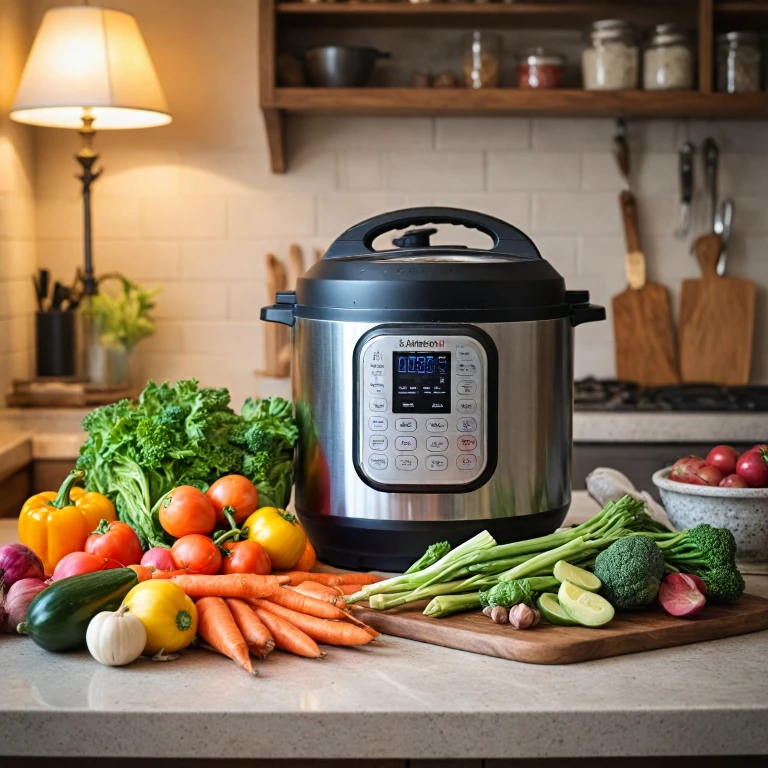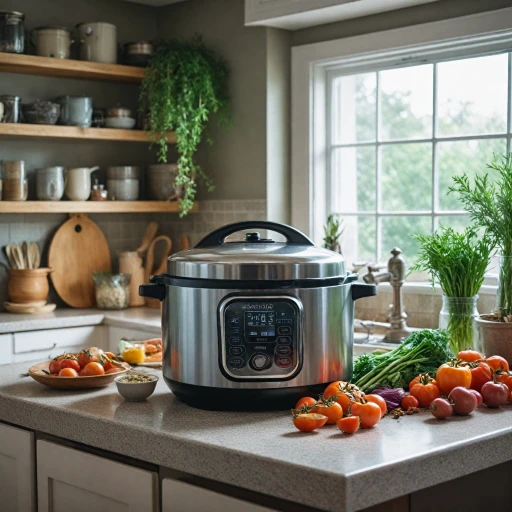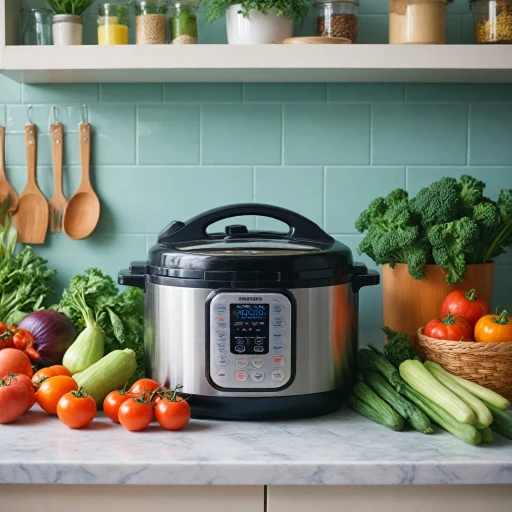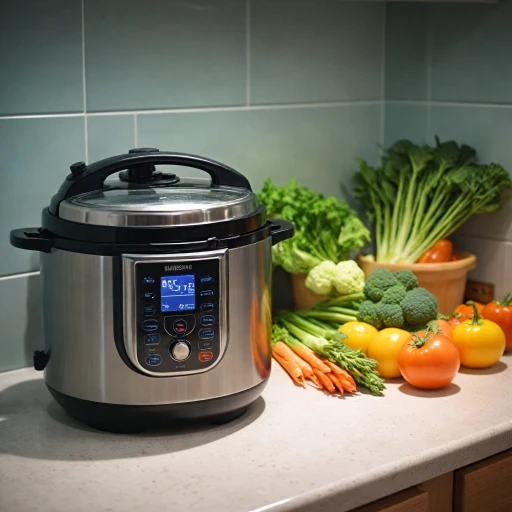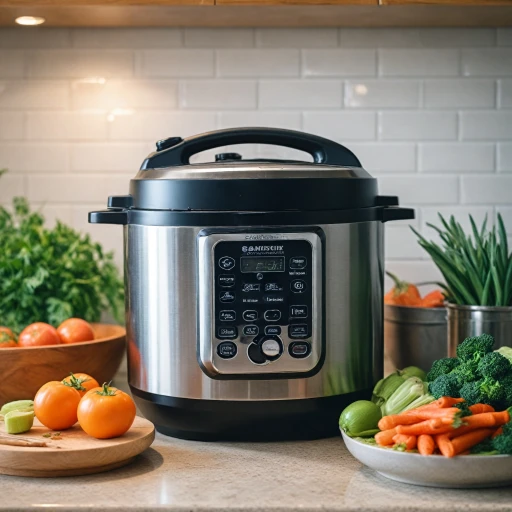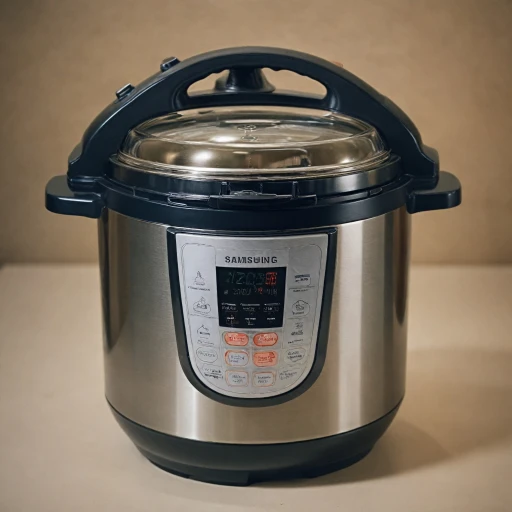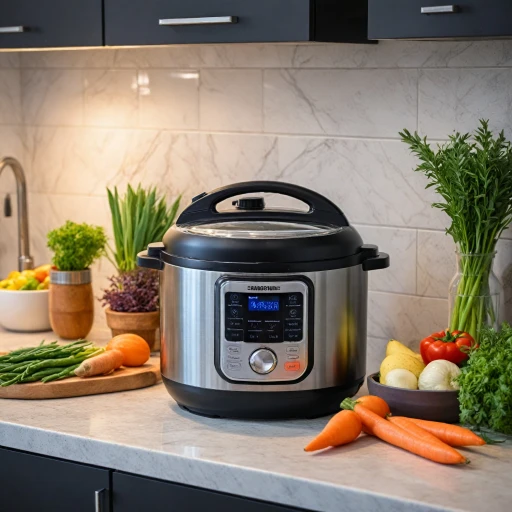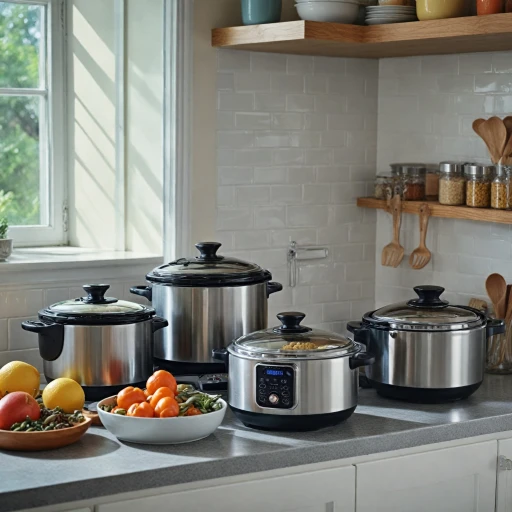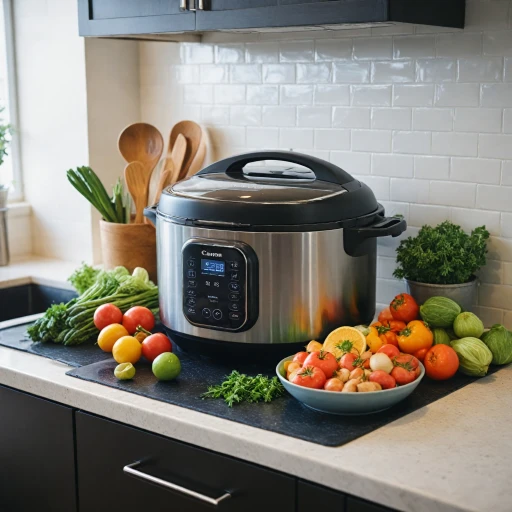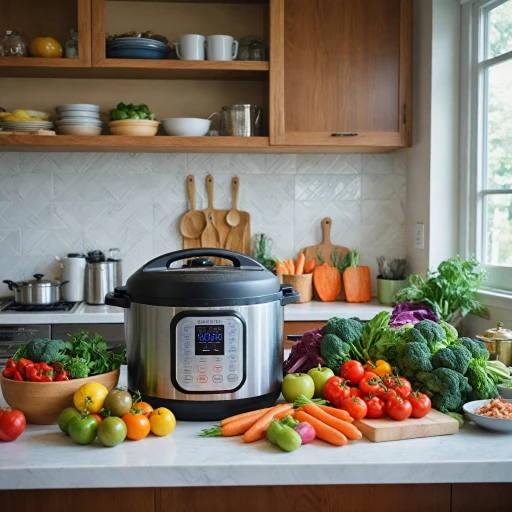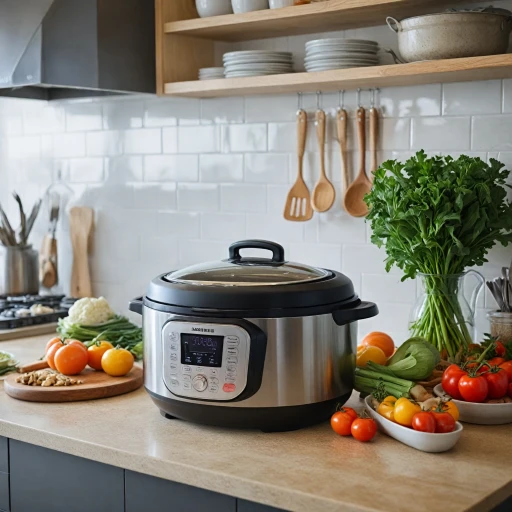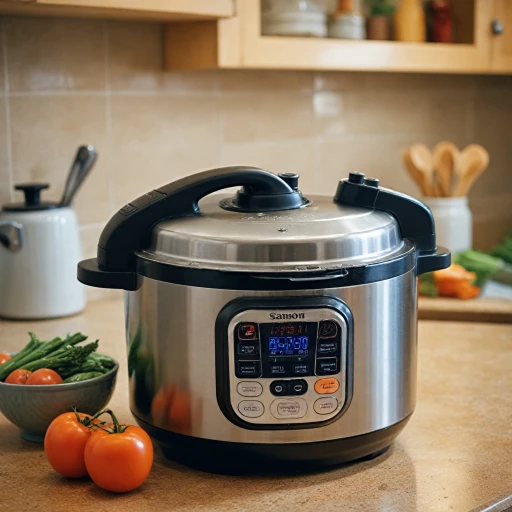
Understanding the Basics of Your Instant Pot
Getting to Know Your Instant Pot
The electric pressure cooker, commonly known as the Instant Pot, has revolutionized the way we approach everyday cooking. At the heart of this versatile appliance lies its intuitive design, enabling both novice and experienced cooks to create a variety of meals with ease. The device's base unit serves as the powerhouse for all cooking operations, equipped with a digital display, multiple cooking functions, and a robust stainless steel inner pot.
Understanding the role of each component is crucial for successful operation. The inner pot is where all the magic happens, and it’s vital to ensure it's properly fitted before you embark on any cooking journey. To maximize efficiency, always fill it with the appropriate amount of water as specified in your recipes. This ensures that the pressure builds correctly, turning the liquid to steam, which in turn helps cook your food evenly and quickly.
The Importance of Proper Seal and Valve Functionality
The sealing ring, a frequent topic in customer care discussions, must be correctly positioned beneath the lid to prevent any air leakage. A misplaced sealing ring can lead to incomplete pressure buildup. Keep an eye on the float valve—this little pin will rise once pressure is achieved, signaling that the cooking process is underway. Meanwhile, the release valve plays a pivotal role in safely releasing steam. Choose between a quick release or a natural release pressure as specified by your recipe.
Before using your Instant Pot for the first time, it's recommended to conduct a water test. This simple process checks if the float valve, sealing, and steam release functions are operating as expected. This proactive step ensures your cooking sessions proceed without unexpected interruptions.
Timing and Power Tips
Cooking time is a crucial element of pressure cooking. Delving into your instruction manual will help you master the different pre-programmed settings and timing adjustments to achieve optimal results. Always use the power cord supplied with your unit and ensure it’s securely connected to avoid power interruptions during cooking. The unit's convenient keep warm feature will maintain your dish at an ideal temperature until you're ready to serve.
By familiarizing yourself with these basics, you can tackle a wide array of dishes with confidence. As you explore further into various recipes, you'll find that the Instant Pot's potential is practically limitless.
Navigating the Instruction Manual
Deciphering the Guidebook
When you unbox an Instant Pot, you are not just getting a machine; you are ushering in a versatile cooking companion. To maximize its potential, it's essential to navigate the instruction manual effectively. This guidebook covers everything from basic setup to detailed cooking functions.
Firstly, familiarize yourself with each part of the pot. The lid, inner pot, base unit, and sealing ring are fundamental to pressure cooking. Ensure the sealing ring is properly positioned inside the lid for a perfect seal while cooking.
Moving on to the control panel, you'll find a variety of pre-set modes tailored for recipes such as stews, soups, or even cakes. Understanding these functions will enhance your cooking experience. Take some time to perform a water test, which checks the unit's functionality by practicing with water only. This simple test can build your confidence in handling the appliance.
The manual will guide you through the steps of pressure cooking safely. Pay attention to the steam release, as proper operation of the release valve is crucial. The float valve also plays a key role in indicating whether there is still pressure inside before you try to open the lid.
After cooking, you can choose between quick release or natural release pressure. Each method suits different types of foods. For instance, a quick release is ideal for delicate vegetables, while meats might benefit from a natural pressure release to aid tenderness.
Additionally, pay attention to the keep warm function. This can be invaluable for those busy days when you need your meal ready to serve once you or your family arrive home.
While your Instant Pot is robust, the manual also addresses what to do if things do not function as expected, such as problems with steam sealing or base unit issues. For continued excellence in your kitchen exploits, your unit should stand on a sturdy, flat surface to ensure even cooking and optimal safety.
For those looking to delve deeper into the manual nuances, explore further here.
Safety Features and Precautions
Essential Safety Elements for Your Instant Pot
Operating an Instant Pot effectively begins with a solid understanding of its safety features. One of the key components ensuring safety during pressure cooking is the release valve, a small but vital mechanism that regulates the steam pressure inside the cooker. When using the Instant Pot, it is crucial to ensure that the sealing ring is correctly positioned. This prevents steam from leaking and maintains the pressure levels necessary for cooking. Before you start your cooking process, check that the lid is securely fastened and the valve is in the 'sealing' position.Understanding the Float Valve and Release Pressure
The float valve plays a significant role in indicating whether the unit has pressurized. When the pot is under pressure, the float valve rises, which also prevents you from opening the lid. Only attempt to open the lid after waiting for the float valve to drop, indicating that the pressure has been safely released. Familiarize yourself with both natural release and quick release methods. Natural release allows pressure to decrease gradually, typically taking extra time but preserving the flavors and tenderness of certain recipes. Quick release, on the other hand, involves manually turning the release valve to vent out steam, rapidly reducing pressure.Performing a Water Test for Safety Assurance
Before diving into complex recipes, conducting a water test is a practical preliminary step. This test ensures the unit is functioning correctly and provides a brief overview of the pressure cooking dynamics. To perform this test, fill the inner pot with water up to the minimum fill line and start a short cooking cycle. This practice helps familiarize users with the operation of the steam release and sealing mechanism without the risk of food damage.Customer Care and Troubleshooting Assistance
For any unexpected issues, such as pressure not building properly, it's advisable to consult the instruction manual and reach out to customer care. Issues could stem from improper placement of the sealing ring, latching of the lid, or even the base unit's power cord. Reliable customer support can provide tailored solutions, ensuring that your Instant Pot continues to operate safely and efficiently.Cooking Functions and Settings
Exploring Cooking Functions and Settings
The Instant Pot offers a variety of cooking functions designed to make your culinary experience flexible and convenient. Understanding these presets and knowing when and how to use them can greatly enhance your cooking efforts and output.- Presets: Most Instant Pots come with a range of presets such as Soup, Meat/Stew, Bean/Chili, Poultry, and more. Each preset is optimized for specific food types, automatically adjusting the pressure and cooking time for optimal results. However, feel free to adjust the settings based on your preferences or based on the recipes you are following.
- Pressure Cooking: This is the core function of the Instant Pot, allowing you to cook meals quickly at high pressure. Use the pressure setting on your unit to toggle between high and low pressure, depending on the dish and your desired outcome. Don't forget to ensure that the lid is secure and the sealing ring is properly fitted to maintain pressure.
- Steam Release: Once cooking is complete, you need to release the pressure inside. You can choose between natural release, where the unit cools down over time, or quick release, which involves opening the release valve cautiously to expel steam rapidly. Be cautious when using the quick release, as the steam can be very hot.
- Keep Warm Function: After cooking, the Instant Pot typically switches to the Keep Warm function automatically. This is handy for maintaining the food's temperature until you're ready to serve meals. The stainless steel inner pot retains heat efficiently, supporting the Keep Warm function effectively.
Troubleshooting Common Issues
Tackling Common Instant Pot Issues
An Instant Pot is designed to make cooking more efficient, but like any kitchen appliance, you might encounter some hiccups. Understanding common issues can help you navigate these obstacles with ease and get back to cooking all your favorite recipes. Problem with Sealing and Pressure Build-up If your Instant Pot isn't sealing properly or isn't building pressure, it might be due to a few reasons:- Sealing Ring Placement: Ensure the sealing ring is positioned correctly in the lid. A misaligned ring can prevent the unit from building the necessary pressure.
- Valve Issues: Check that the release valve is set to 'Sealing' before starting pressure cooking. The release valve incorrectly set to 'Vent' will cause steam to escape instead of building pressure.
- Inner Pot: Make sure the inner pot is correctly seated within the base unit. Misalignment can affect the cooking process.
- Quick Release vs. Natural Release: Decide whether to use Quick Release by turning the steam release handle or Natural Release by allowing the instant pot to cool down. Note, quick release expels a lot of steam rapidly, so ensure there's adequate clearance and your hand is protected.
- Stuck Float Valve: After pressure cooking, if the float valve doesn’t release after some time, gently tap it with a tool (like a wooden spoon) to ensure it’s not stuck.
- Preheat Time: Remember that it may take some time to build up pressure before cooking begins, which might affect overall cooking duration.
- Safety Check: Ensure the power cord is securely connected to avoid disruptions in cooking settings.
